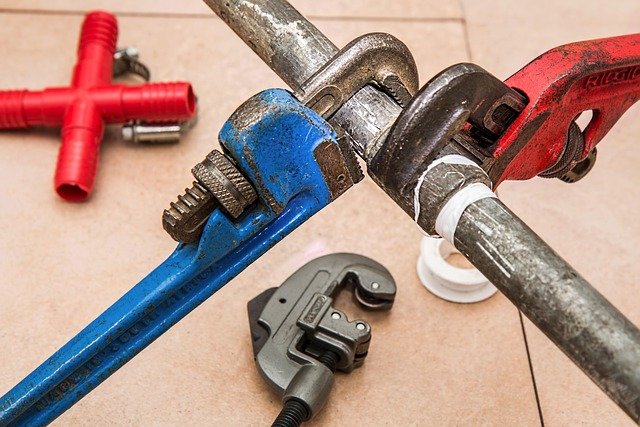Smart Outdoor Storage: Buying, Building, and Auctions
Outdoor storage is more than a place to stash tools; it’s an investment in organization, property value, and seasonal flexibility. Whether you’re considering a new building, assessing a used storage shed, or thinking about bidding at an auction for repossessed items, understanding options, risks, and legalities helps you choose a solution that lasts. This guide covers practical site selection, materials, auction basics, and how to work with local services to get secure, functional outdoor storage that fits your needs.

Outdoor storage building: what to consider
Choosing the right outdoor storage building starts with purpose. Are you storing garden tools, lawn equipment, bicycles, or bulky seasonal items? Size and internal layout matter as much as exterior style. Consider foundation requirements (concrete slab, pavers, or gravel), ventilation to prevent mold and condensation, and access (double doors, ramps). Local regulations and homeowners’ association rules can dictate setbacks, height limits, and aesthetic standards; check with municipal offices or local services before you invest. A well-sited building preserves your items and reduces maintenance costs over time.
Is a storage shed repossessed worth buying?
Repossessed storage sheds or units can appear at auctions or estate sales and may offer lower initial prices. However, condition varies widely: weather damage, rust, pest exposure, and missing hardware are common issues. If you’re tempted by a repossessed shed, inspect it closely for structural soundness (floor joists, roof, and frame), and budget for repairs and transport. Legal title and transfer details are crucial — ensure the sale includes clear ownership and that any liens are resolved. Buying repossessed is economical sometimes, but it requires caution and a realistic repair budget.
How auctions work for outdoor storage purchases
Auctions for outdoor storage items occur in several formats: on-site estate or storage unit auctions, municipal surplus auctions, and online auction platforms. Auction listings often describe lot contents and condition, but physical inspection opportunities can be limited. Bidders should set a maximum bid in advance and factor in removal logistics — won lots must typically be cleared within a set timeframe. Auction buys are typically as-is; warranties are rare. If you’re targeting outdoor storage or a building at auction, prioritize lots you can inspect, and account for transport, repair, and potential disposal costs.
Building materials and maintenance for storage sheds
Material choice affects longevity, cost, and appearance. Popular options include wood (classic look, requires staining/painting), metal (durable, low maintenance, prone to condensation), and resin/plastic (weather-resistant, lightweight). Each material has trade-offs: wood needs routine sealing to avoid rot; metal can dent and rust without proper coating; resin can become brittle in extreme climates. Regular maintenance — cleaning gutters if present, checking seals around doors, and treating any small leaks quickly — extends service life. Proper anchoring and a level base reduce wear and make buildings safer in high winds.
Finding local services for secure outdoor storage
Local services can help with delivery, installation, and permit navigation. Look for installers who offer on-site assessments and can verify a level foundation and correct anchoring. Landscape contractors and general builders often handle foundations for larger buildings, while specialty shed dealers provide transport and assembly. For repossessed or auction purchases, hauling companies that handle unusual loads are useful. When hiring, request references, proof of insurance, and clear timelines. Comparing a few local services in your area will reveal variation in experience, response time, and price—choose the one that aligns with your project scope.
Conclusion
Outdoor storage decisions balance practicality, durability, and legal considerations. Whether buying new, building on-site, or purchasing repossessed items at auction, prioritize inspection, realistic budgeting for repairs and maintenance, and compliance with local rules. Thoughtful planning about size, materials, and service providers ensures your storage solution protects assets and integrates well with your property over the long term.






